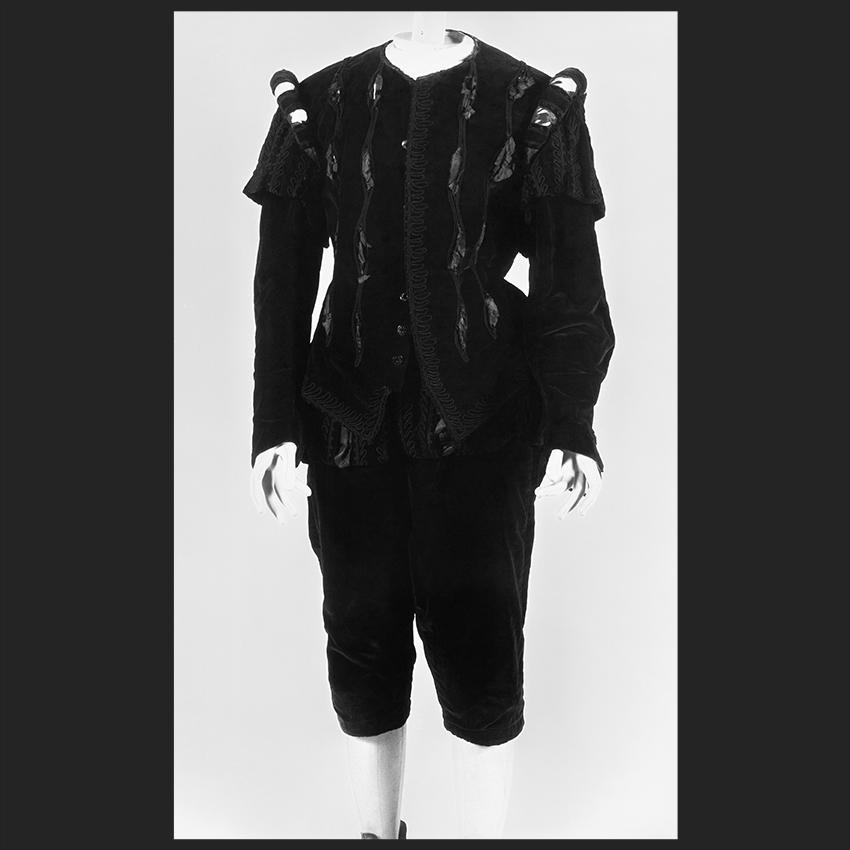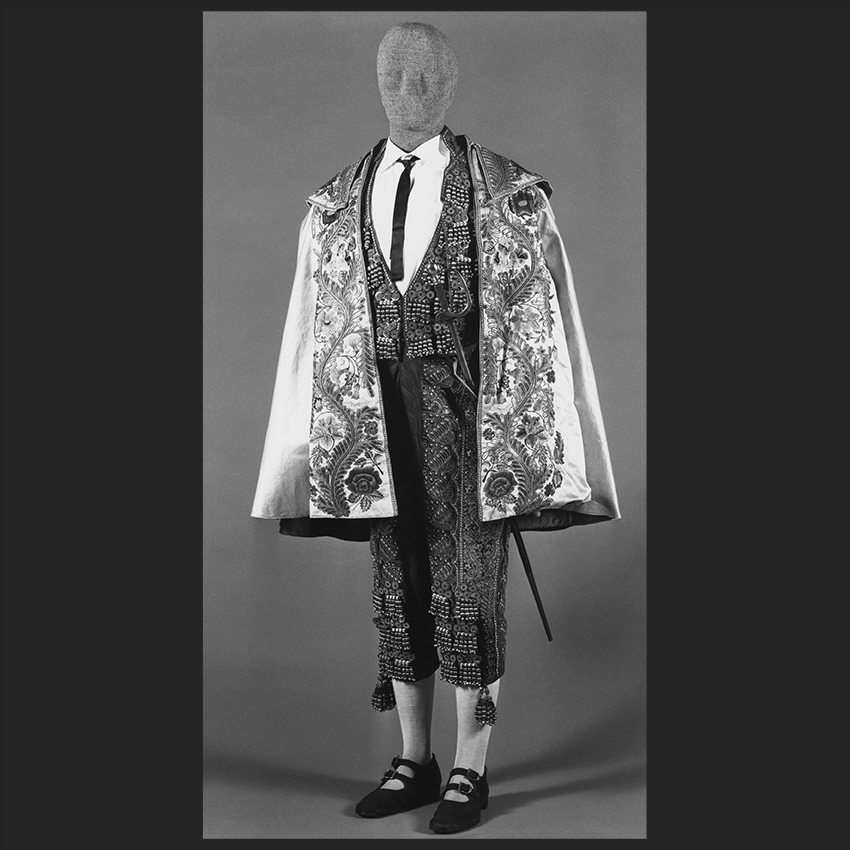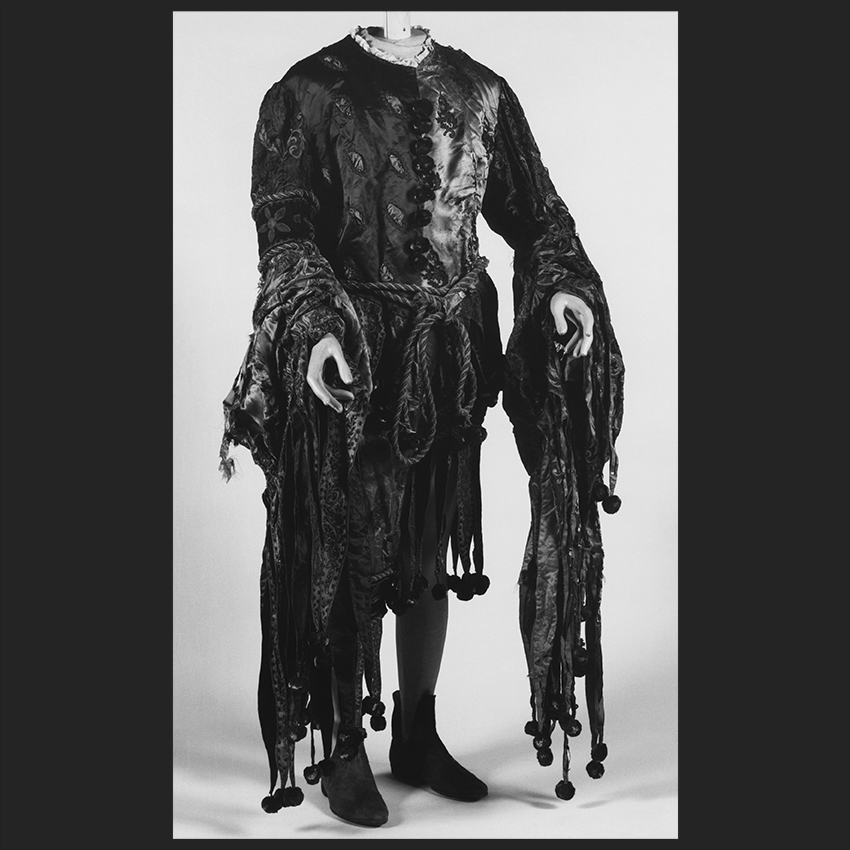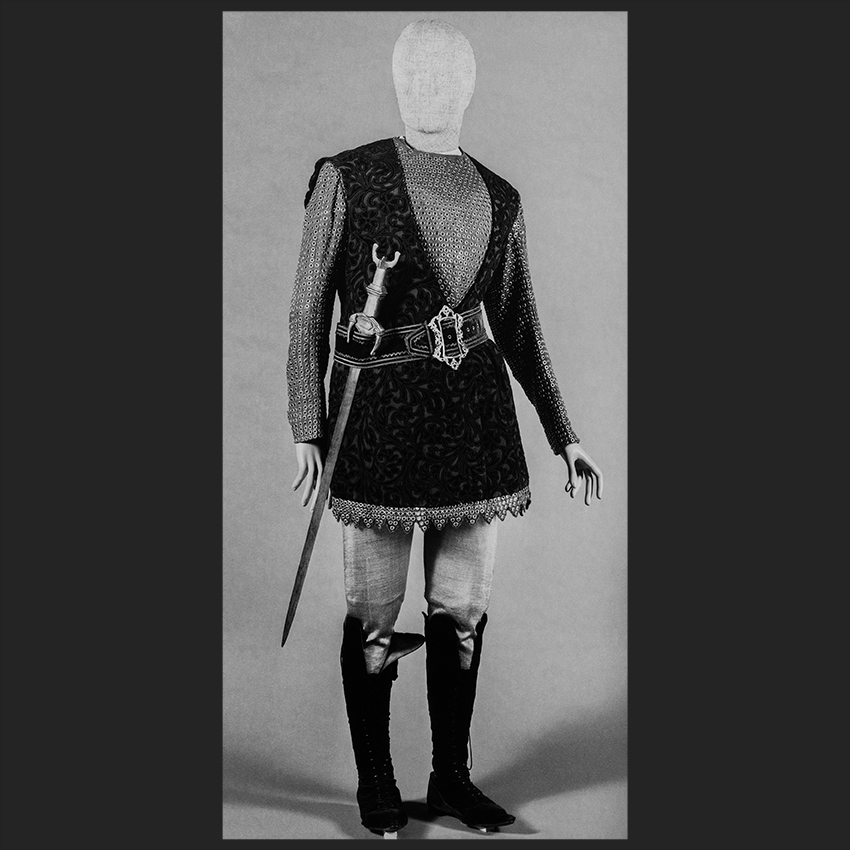It has been repeatedly underlined how much Titta Ruffo contributed to bringing a new conception of the character to the stage, as a figure to be characterized also psychologically, and how much the singer was asked to be a real actor with realism, i.e. to give acting, makeup, to the custom a credibility and an accuracy hitherto unknown. The great baritone had a particular bond with some of the characters he played, certainly among all Hamlet was one of his favorites; for this role alone he used four types of costumes, following a gradual simplification until he was reduced to a black shirt, precisely to highlight the psychological aspect rather than focus on historical verisimilitude.
As for the interpretation of his characters he studies the original texts from which the libretto was taken, so for the choice of costumes «he consults the paintings of the great masters to find the right expressions, he has his costumes executed with absolute rigor historian, he studies the make-up, the attitudes without neglecting anything», writes Giovanni Bore on The costumes of Titta Ruffo by D. Liburdi, Pisa, Teatro di Pisa, Pacini, 1993.
Titta Ruffo’s stage costumes represent an important heritage, a concrete and living testimony of the cultural and productive history of the time as well as a precious museum collection; the collection, made up of over 40 costumes made between 1898 and 1931, donated by the Titta family to the City of Pisa, to date restored and complete with all accessories, are kept and exhibited at the Teatro Verdi, Fondo Titta Ruffo.
Photo: University of Pisa, Department of History of the Arts.

























